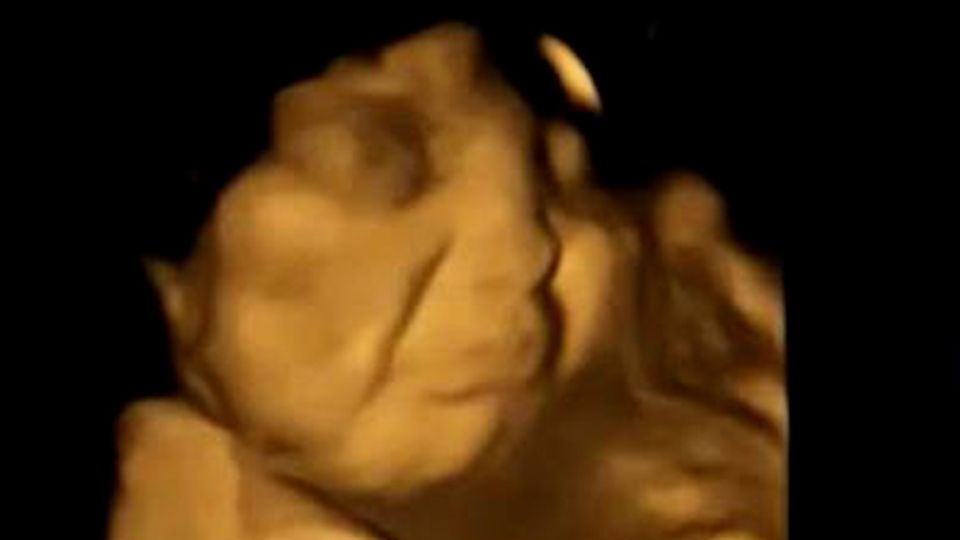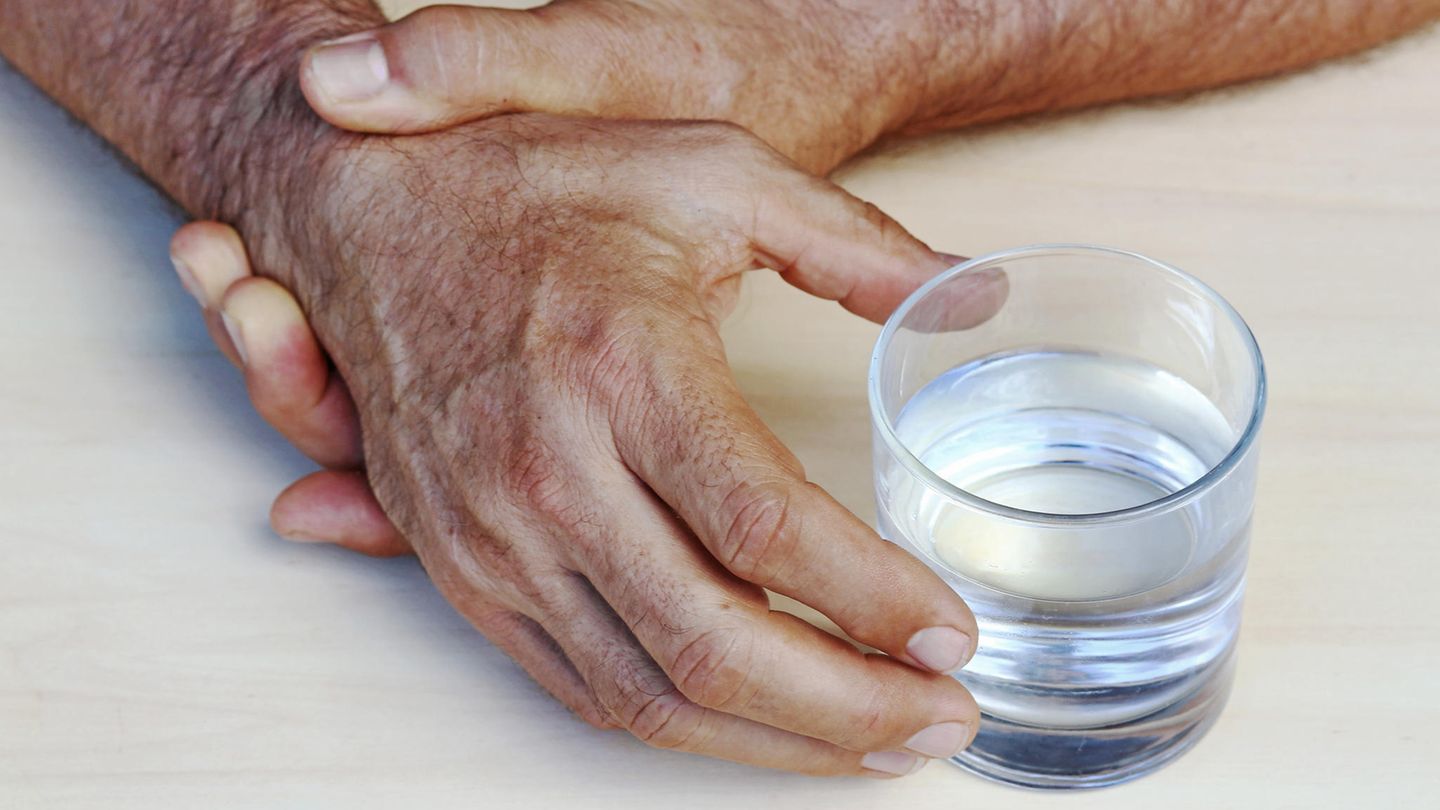Brain damage that leads to a tremor – often also called “shaking sickness” – can usually only be alleviated with medication or surgery. However, there is now a gentler method.
Until now, anyone suffering from a tremor had only the choice of compensating for the tremors with more or less effective medication or undergoing an operation in which electrodes are surgically placed in the brain. However, a relatively new method – treatment using focused ultrasound – now promises to replace conventional invasive methods. Without surgery, anesthesia and bloodshed and without the side effects that often occur with medication, the “tremor sickness” should be combated in the future.
Using ultrasound to treat the “trembling sickness”
Tremor – also known as “shaking” or “shaking” – is understood as the involuntary shaking of one or more parts of the body, as the University Medical Center Schleswig-Holstein (UKSH) explains on its website. There are various diseases, such as Parkinson’s, that cause tremors. The arms are often affected, more rarely the legs, head or voice.
mental health
Mental hygiene: These ten habits are balm for the soul
“Focused ultrasound is a non-invasive therapeutic technology,” Dr. Neal Kassell, founder and chair of the Focused Ultrasound Foundation, summarizes the method in an interview with CNN. “Instead of using an optical lens to focus beams of light, an acoustic lens is used to deliver multiple beams of ultrasonic energy to targets deep in the brain with a high degree of precision and accuracy to focus on the body,” Kassell explains via CNN.

Side effects are rare
As the University Medical Center Schleswig-Holstein explains, “the sound energy heats the tissue. This leads to the destruction of the nerve cells responsible for the tremor, which disrupts the tremor network. The patient is awake during the treatment in order to give direct feedback.” In most cases, this leads to an improvement in tremors immediately after treatment.
However, the method is not entirely without side effects or risks. “The most common risk we encounter in patients is a temporary numbness or tingling sensation, which can sometimes occur in the treated arm or lip area,” Dr. Nir Lipsman of the Harquail Center for Neuromodulation in Canada tells CNN Slight balance difficulties after the procedure are also temporary risks.
Sources: ,
Source: Stern




